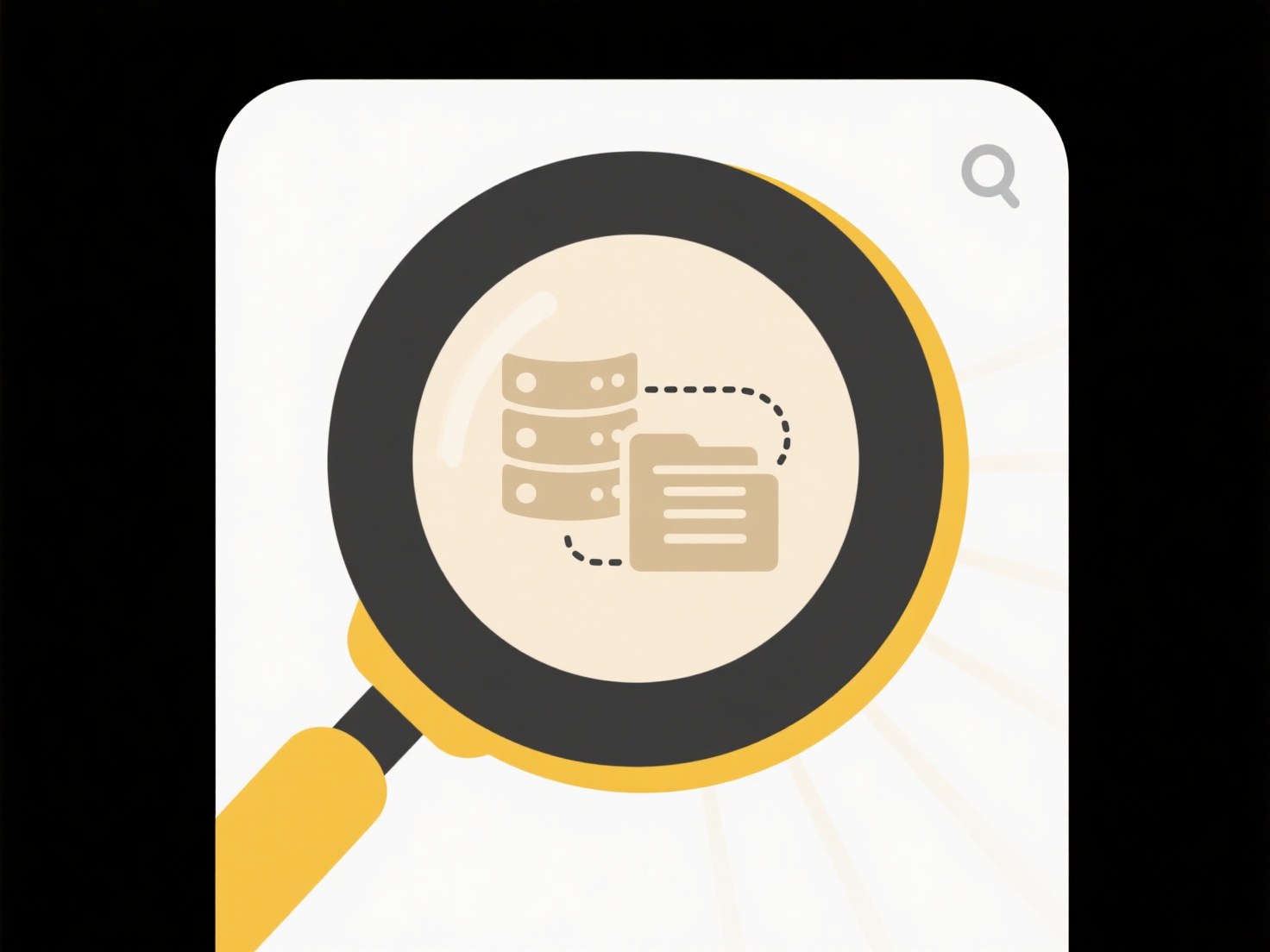
Rolling back a file means restoring a previous version. Locally, this relies on either your own backups (like copies saved on external drives) or system features such as Windows' File History or macOS's Time Machine, which save periodic snapshots of files. In contrast, rolling back a file stored in the cloud leverages built-in versioning provided by cloud storage services, automatically saving and tracking historical versions of your files on their servers without requiring local system resources.
For local rollback, an example involves navigating to a previous Time Machine backup on a Mac to restore a corrupted document, or manually replacing a locally edited configuration file with an earlier backup copy. For cloud rollback, platforms like Dropbox, Google Drive, Microsoft OneDrive, and GitHub offer file version history; you right-click a file in their interfaces (browser or desktop app) and select an older timestamp to restore it, such as recovering a lost presentation draft overwritten earlier in Google Drive.

Local rollback offers direct control and offline access but requires user setup/maintenance of backups and sufficient storage space. Cloud rollback is automated and convenient, accessible from any device, but depends entirely on internet connectivity and the provider's policies regarding version retention periods and privacy. Sensitive data might have privacy implications when stored in cloud history. Providers might also limit how far back versions are kept or charge extra for longer histories.
How do I roll back a file stored locally vs in the cloud?
Rolling back a file means restoring a previous version. Locally, this relies on either your own backups (like copies saved on external drives) or system features such as Windows' File History or macOS's Time Machine, which save periodic snapshots of files. In contrast, rolling back a file stored in the cloud leverages built-in versioning provided by cloud storage services, automatically saving and tracking historical versions of your files on their servers without requiring local system resources.
For local rollback, an example involves navigating to a previous Time Machine backup on a Mac to restore a corrupted document, or manually replacing a locally edited configuration file with an earlier backup copy. For cloud rollback, platforms like Dropbox, Google Drive, Microsoft OneDrive, and GitHub offer file version history; you right-click a file in their interfaces (browser or desktop app) and select an older timestamp to restore it, such as recovering a lost presentation draft overwritten earlier in Google Drive.

Local rollback offers direct control and offline access but requires user setup/maintenance of backups and sufficient storage space. Cloud rollback is automated and convenient, accessible from any device, but depends entirely on internet connectivity and the provider's policies regarding version retention periods and privacy. Sensitive data might have privacy implications when stored in cloud history. Providers might also limit how far back versions are kept or charge extra for longer histories.
Quick Article Links
Is Wisfile available for both Windows and macOS?
Is Wisfile available for both Windows and macOS? Wisfile is currently designed to run locally on Windows computers. It...
What is metadata and how does it help with file search?
Metadata refers to descriptive information about a file, essentially "data about data". It includes details like the fil...
How do I find files with incomplete names?
Finding files with incomplete names refers to locating files when you know only part of their exact filename. Instead of...